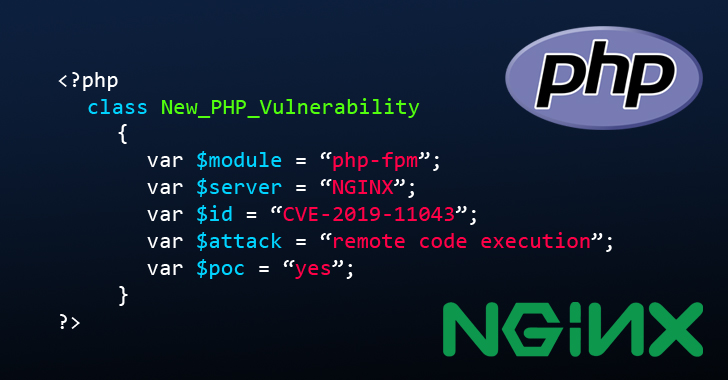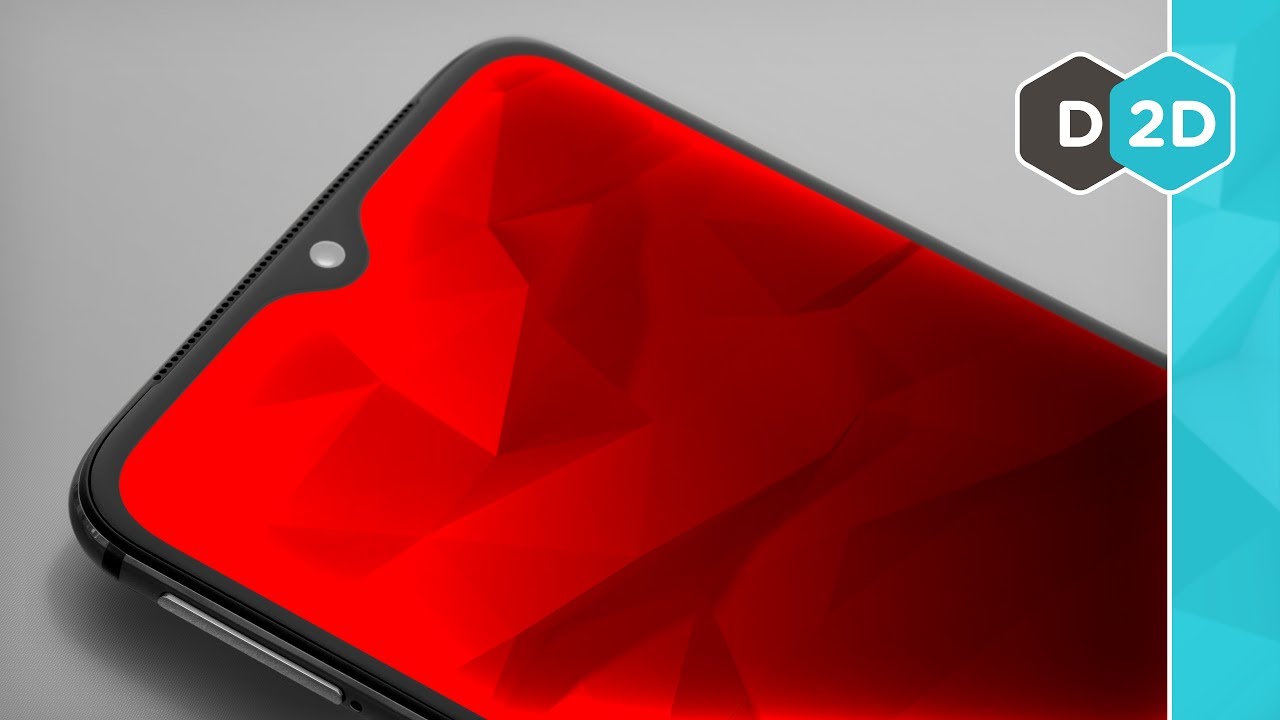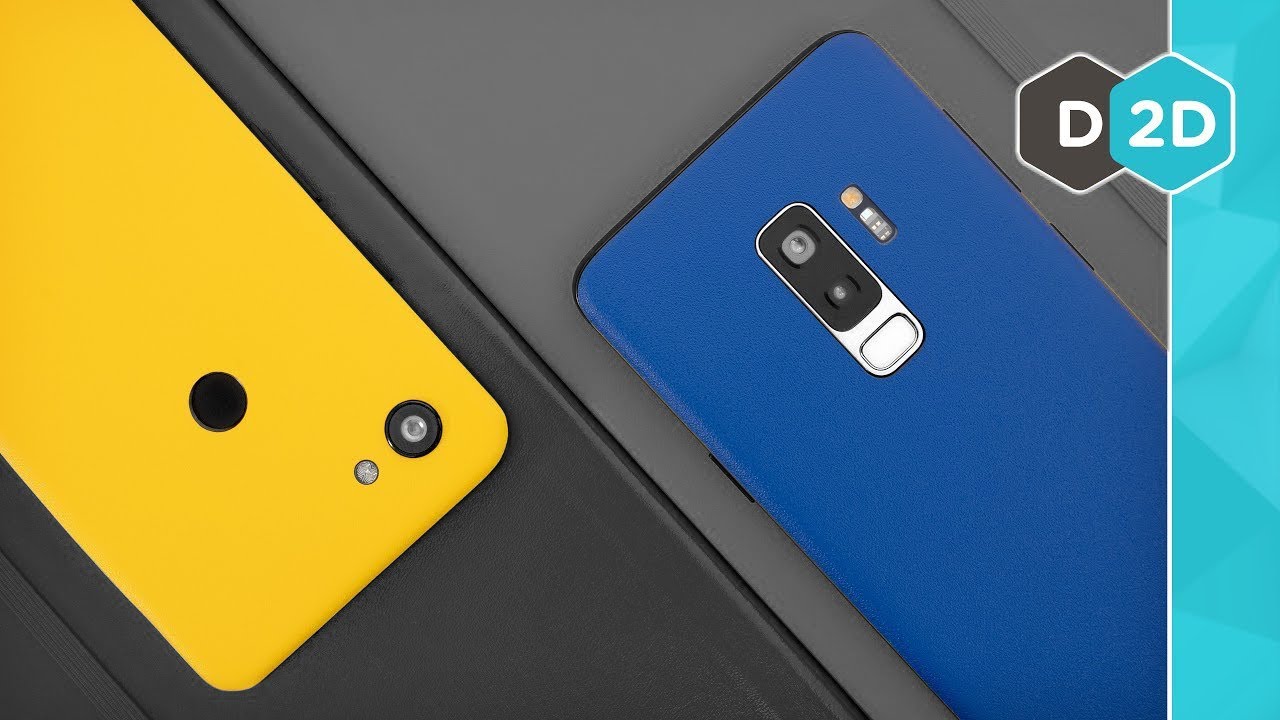
Half an hour into The Outer Worlds, someone criticized my fashion sense. Thawed out from intergalactic stasis and thrown into the crumbling hypercapitalist nightmare that is the Halcyon Colony, I of course did the standard role-playing game thing: Ditched my paper-thin clothing for the first beefy set of armor I could “borrow” off a dead foe. Marauder armor, as it turned out.
And then the first civilized human being I ran into called me on it. “You uh…you may not want to wear that armor around here, lest people think you’re a marauder yourself. I’m pretty open-minded, but…”
My jaw dropped. Sufficiently chastised, I switched back into my civilian clothes and only wore clean and corporate-friendly space armor for the next 25 hours. Lesson learned.
Surprise reaction
There’s a famous Warren Spector thought experiment, the “One Block Role-Playing Game.” In it, Spector puts forth the idea of an ultra-compact simulation, a dense but meticulously detailed experience that inhabits only a single city block. It’s a fascinating concept, essentially the antithesis of most modern games.
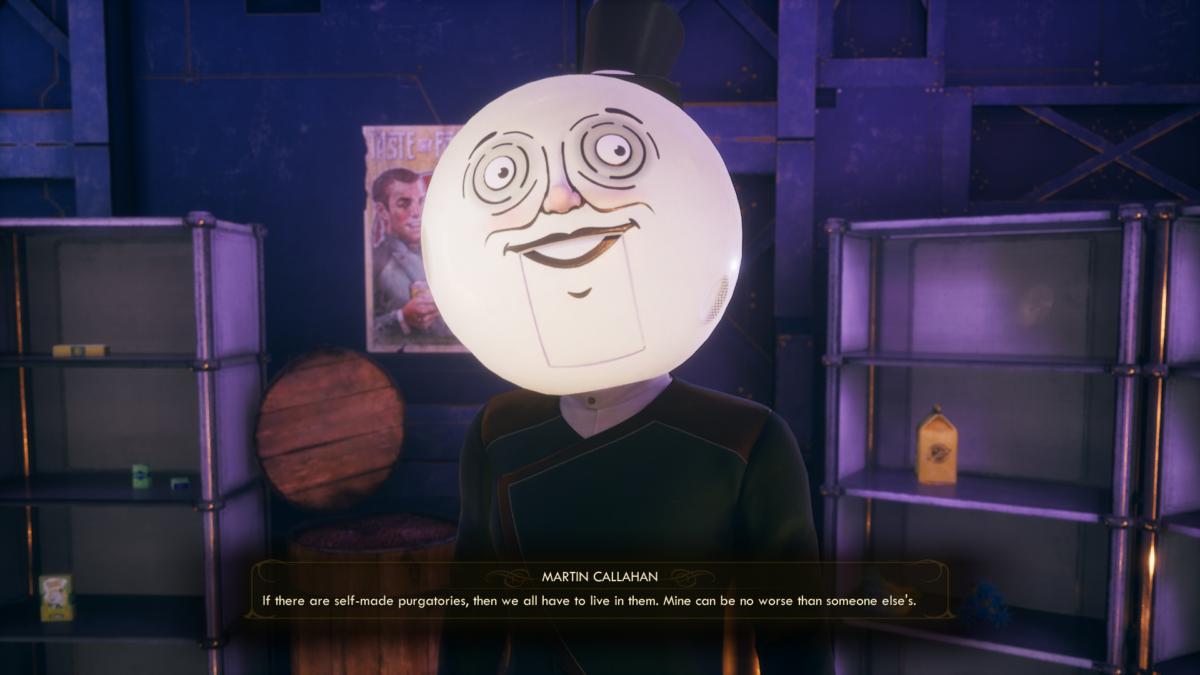 IDG / Hayden Dingman
IDG / Hayden DingmanI’m certainly not going to say that The Outer Worlds is Spector’s vision made reality. It’s not. But I bring it up because the key to the “One Block” dream is depth. Rather than spreading the same half-realized mechanics over ever-larger environs, Spector postulates that there’s an alternative path games could take, smaller but more reactive.
And it’s this latter approach that informed The Outer Worlds. Again, we’re still far from Spector’s ideal, but The Outer Worlds is nevertheless an interesting contrast to other RPGs of this generation, particularly Fallout 4. It’s a repudiation of the 100-hour grail, of the long-standing belief that more equals better, and that every player needs to see everything.
It’s hardly the first to subvert that doctrine, of course. Inkle’s entire Ink engine is built around lots of small choices that aggregate into larger story branches (see Heaven’s Vault), and I just brought up the same phenomenon last week when discussing Disco Elysium.
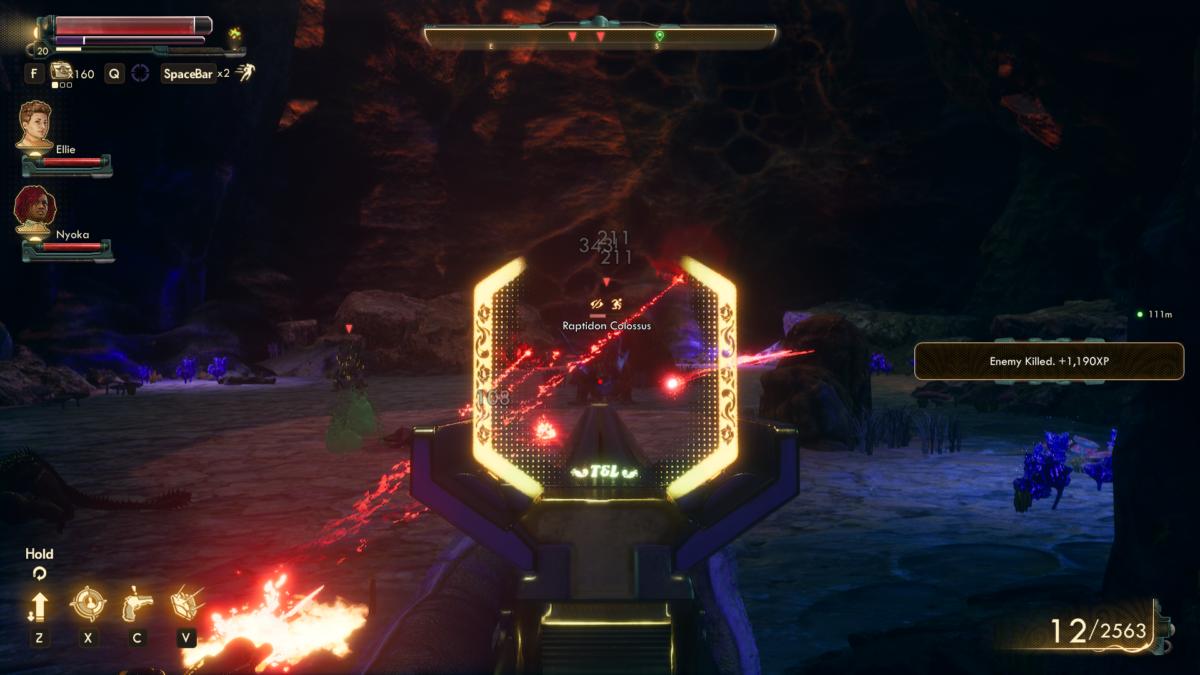 IDG / Hayden Dingman
IDG / Hayden DingmanObsidian gets to explore these ideas in the garb of a traditional Bethesda-style RPG though. When we saw The Outer Worlds at E3, I said it looked more like Fallout: New Vegas than I expected. And that still holds true! It’s a space-age take on the 1950s, and leans more into the anti-capitalist rhetoric than Bethesda-era Fallout, but otherwise The Outer Worlds consciously mimics the New Vegas aesthetic, from the way dialogue trees are presented to the fact you can slow down time in combat. There’s nothing subtle about it.
But it’s New Vegas ten years later, and with the lessons Obsidian learned from Pillars of Eternity and Tyranny. It’s New Vegas, but with smaller maps and more focus. It’s New Vegas, except there are dozens of skill checks littered throughout…
https://www.pcworld.com/article/3448317/the-outer-worlds-review.html#tk.rss_all

